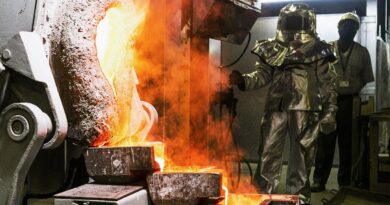Platinum-based hydrogen fuel cells are providing power solutions for AI growth
According to the International Energy Agency, worldwide electricity demand from data centres is set to more than double by 2030 to around 945 terawatt-hours, more than the entire electricity consumption of Japan today. Artificial intelligence (AI) will be the most significant driver of this increase, with electricity demand from AI-optimised data centres projected to more than quadruple by 2030.
Yet the existing grid is struggling to cope with this additional demand, and the pace of AI adoption is driving a need for new power solutions, with a focus on energy resilience (including uninterrupted power supply) and low or zero-carbon energy options.
Increasingly, data centre operators are developing their own tailor-made energy systems designed to deliver power faster, and in a way that is both reliable and sustainable. Platinum-based proton exchange membrane (PEM) hydrogen fuel cells are increasingly being incorporated into these future-ready models.
Hydrogen fuel cells convert hydrogen gas into electricity through a chemical reaction with oxygen, producing only water as a by-product. PEM fuel cells are particularly well-suited for use in data centres because of their quick start-up times and high power density. They can provide reliable back-up power and are very efficient.




